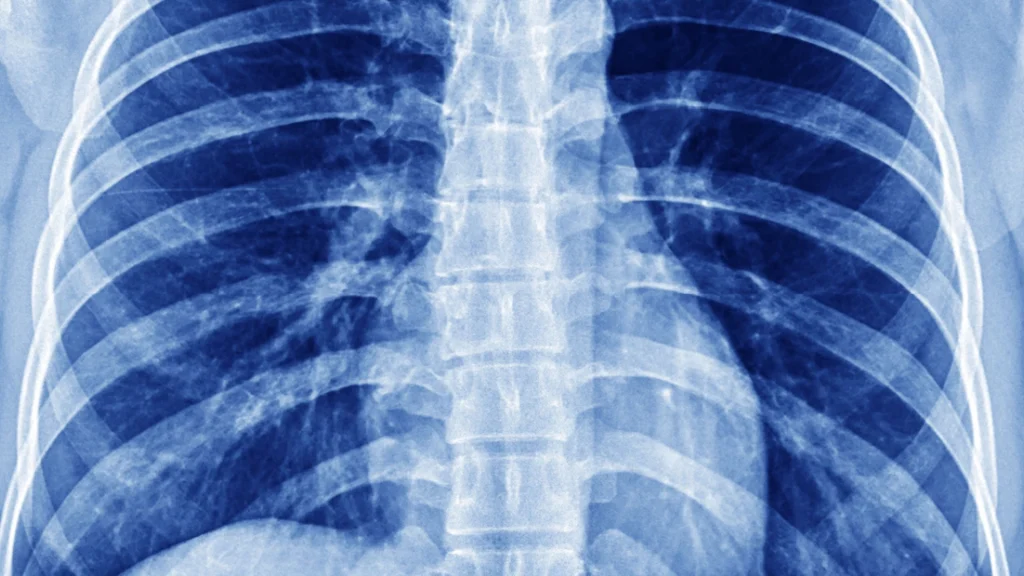In a world where countless diseases wreak havoc on millions daily, the majority have seen a decline in mortality rates, thanks to advancements in medicine and healthcare.
Others are reading now
However, there are still some that persist with alarming consequences. One such disease boasts a near 100% fatality rate, a figure unheard of in today’s medical landscape.
Kuru, a disease first identified in the 1950s among cannibalistic tribes in Papua New Guinea, is caused by an infectious protein (prion) found in contaminated human brain tissue.
According to Medline Plus, Kuru was prevalent among the New Guinea tribes who practiced a form of cannibalism, consuming the brains of the deceased as part of funeral rituals.
Also read
Although the practice of consuming these brains ceased in the 1960s, cases of Kuru continued to emerge for many years, with people succumbing to this deadly disease long after. The incubation period for Kuru is notably extended, ranging from a few years to even decades.
While the most common incubation period spans between 10 and 13 years, there have been instances reported that took 50 years or even longer to manifest. Once the symptoms appear, the affected individual typically survives only between one to two years before meeting a tragic end.
So, what are the telltale signs of this disease?
Common symptoms include pain in the arms and legs, difficulty walking, headaches, trouble swallowing, tremors, and muscle spasms.
It’s worth noting that Kuru is extremely rare, especially considering the 200 reported deaths per year in 1957. Since 2010, no deaths from Kuru have been reported, shedding light on the last known individual who succumbed to this fatal ailment. The disease peaked in the 1950s, with mortality rates in affected villages reaching as high as 35 per 1,000 inhabitants. Intriguingly, children and women were more affected than men, possibly because women and children were more likely to consume the brain within the tribe.
In the grand scheme of global health, while many diseases have been tamed or eradicated due to medical advancements, Kuru serves as a grim reminder of the mysteries that still exist within the realm of human health. As research continues and science progresses, the hope remains that such diseases will one day be a thing of the past.



